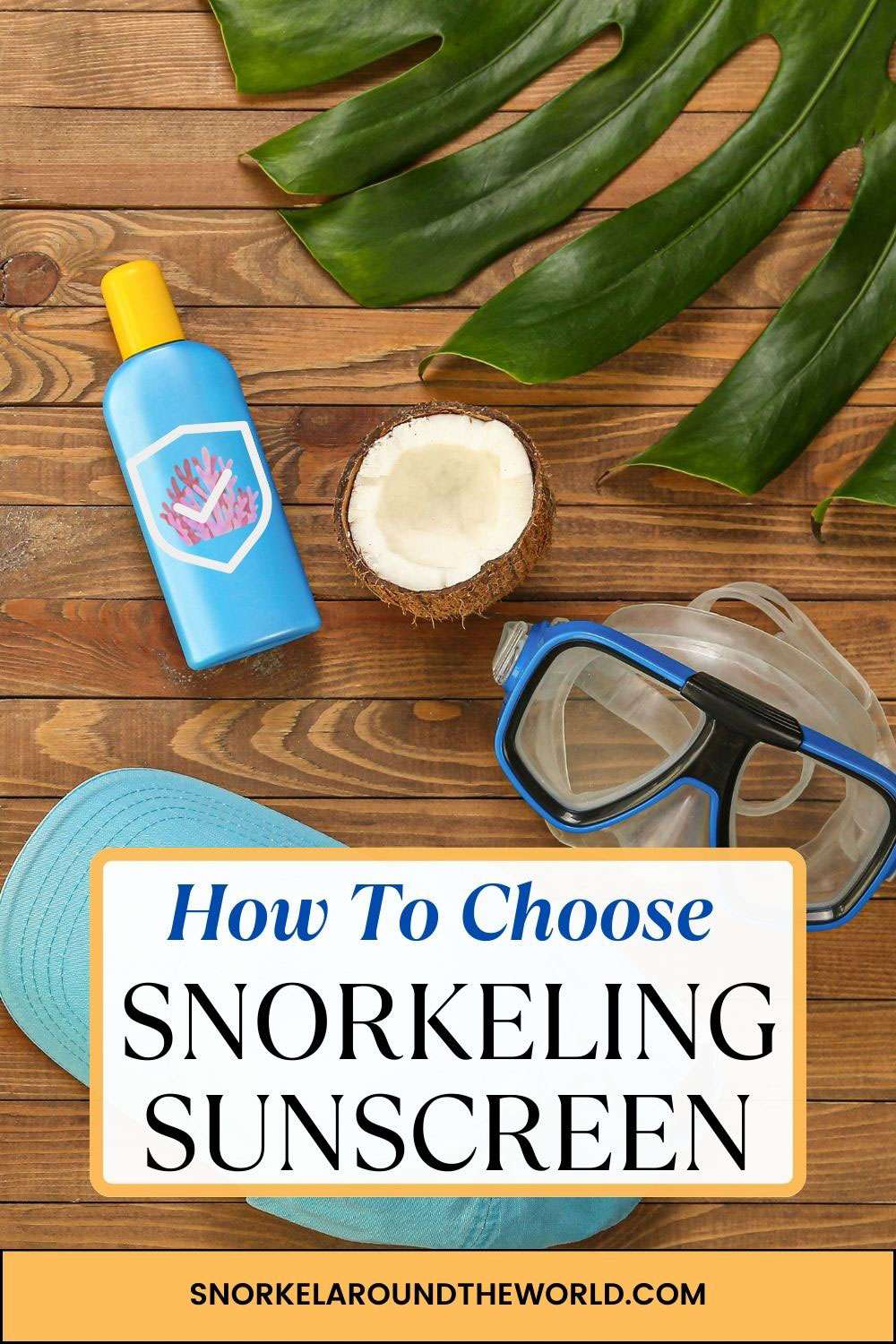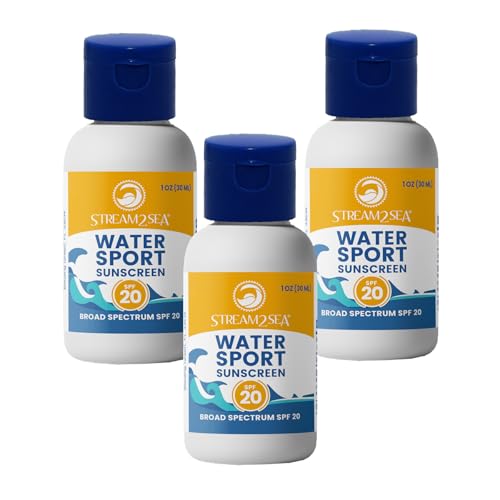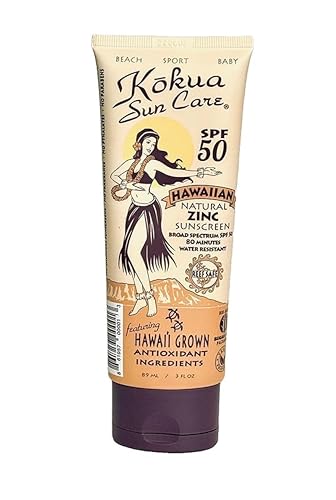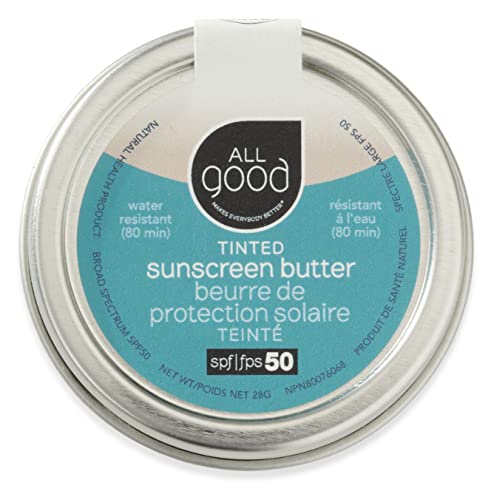Guide To Choose Your Snorkeling Sunscreen With Product Recommendations
Are you looking for a good sunscreen for snorkeling but feel lost in the sea of information on which to choose? You came to the right place, then! We, long-time snorkelers, explain here briefly and simply what features and ingredients you need to look for and what chemicals to avoid and share some products we recommend.
We all agree that sun protection is essential while doing water activities, but protecting our skin shouldn’t come at the price of harming marine life. Due to the reef-safe sunscreen hype around the world, it became part of the brands’ marketing strategy to advertise sun care products as ocean-friendly, but in fact, not all of them are safe for marine life.
After intense media communication, many of us know that we should look for products that are oxybenzone-free. However, finding one that is really good for the environment and provides high-level protection against UV rays is still challenging.
We aim to help you choose the right product by providing this snorkeling sunscreen guide enriched with our personal tips.
What Makes A Sunscreen Good For Snorkeling? – Features You Need To Look For
Marine Life Safe
The world relies on coral reefs for various reasons like coastal protection, food, or livelihood. They are the most diverse and oldest ecosystems, providing a home to thousands of marine species.
Although corals seem to be highly resilient to climate change, the reefs are in a bigger danger than ever. Most of the threats are linked to human activities like carbon emissions, over-fishing, coastal runoff, plastic pollution, and also chemical effects, that include the use of sunscreen.
Certain chemicals used in sun care products are linked to coral bleaching and mess up the reproduction system of marine creatures. Moreover, such ingredients are also hazardous to human health and responsible for various health issues. To preserve underwater ecosystems and your own health, you need to choose safe suncare products.
Water Resistant
Snorkeling is a water activity, so your sunscreen should hold up when you get wet; otherwise, you will get sunburt. Therefore, you need to choose a sunblock that provides adequate protection during water activities; in simple words, it is water resistant.
Also, you need to know that FDA no longer allows terms like waterproof and sweatproof since all sunscreen wash off eventually. According to FDA requirements, there are only two claims: water resistance for 40 minutes or 80 minutes.
Biodegradable
A biodegradable sunscreen breaks down in the environment naturally, does not contain harmful ingredients linked to coral bleaching, and is safe for aquatic ecosystems. However, the fact is that there is no official ocean-safe certification, and sadly, many products that are labeled biodegradable are not.
Most companies test biodegradability in wastewater treatment facilities only, but some products (for example, Stream2Sea products) are proven to be biodegradable in freshwater and also in salt water.
The Impact Of Common Sunscreen On Marine Life
You might ask how that little tube of sunscreen can cause such bad damage to the coral reefs and marine life, but if you think about the fact that an estimated 8-14.000 tons of sunscreen enter the world oceans annually, the danger is beyond doubt. Common sunscreen ingredients like oxybenzone and octinoxate are responsible for DNA deformities and coral bleaching.
Moreover, dangerous sunscreen ingredients are not only harmful to the environment but also to your skin. Common sunblock chemicals may cause severe allergic reactions and hormone disruption according to EWG. By using reef-safe sunscreen for snorkeling and other water activities, you protect your body and the ocean at the same time.
What Sunscreen Ingredients Are Hazardous To Your Health And Marine Life?
Unfortunately, there is no proper regulation nor standard test of what makes a product have no impact on marine life, and some products do contain harmful ingredients despite their pretty safe labels. Therefore, we advise you to carefully read the ingredients list before buying a product!
We consider ourselves responsible snorkelers and do not want to cause damage to the underwater ecosystem; therefore, we spent long hours researching what ingredients are hazardous to marine life and your health. Although we are not experts on this topic, we did our best to prepare a short list of what chemicals you should avoid:
- Oxybenzone (Benzophenone-3)
- Octinoxate
- Parabens
- Avobenzone/benzophenone
- SLS and SLES (Sodium Laureth Sulfate and Sodium Lauryl)
- Nanoparticles
- Microbeads
- Nano Zinc
- Cyclopentasiloxane/Cyclomethicone
- Formaldehyde
- Homosalate
- Octocrylene
- Quaternium-15
- Phthalates
- Retinyl Palmitate
For more information, we encourage you to read EWG’s free sunscreen guide.
Most harmful ingredients in sunscreen are already prohibited in several places worldwide. The Hawaii sunscreen ban was a breakthrough that restricts using chemical sunscreen followed by many other countries such as Mexico, Palau, and Bonaire.
What Sunscreen Ingredients You Should Look For?
You should choose sunscreens that contain mineral UV filters, Zinc oxide, and/or Titanium dioxide instead of chemicals. Mineral sunscreen does not penetrate the skin but builds a layer that reflects UV rays like a mirror.

Sunscreens with mineral ingredients provide strong UV protection with fewer health concerns. EWG recommends Zinc Oxide containing sun lotions for snorkeling, diving, and beach activities and considers them ocean-friendly.
Titanium Dioxide Vs Zinc Oxide – Which Is Better?
Mineral sun protection products contain Titanium Dioxide or Zinc oxide or both as active physical ingredients. As mentioned, they don’t penetrate the skin but stay on its surface, working like a mirror that reflects light.
Generally, Zinc oxide offers better protection. It is more effective against long-wave UVA rays than Titanium dioxide. Moreover, it is noncomedogenic and antimicrobial.
Titanium Dioxide blocks UVB but not the full spectrum of UVA rays. It can be a good choice for those who cannot use Zinc-containing products due to allergies. Moreover, products with titanium dioxide can be good for those who have oily skin because it is less greasy.
Which One To Choose: Nano Or Non-Nano Sunscreen?
You probably already noticed that certain sunscreens have a big “non-nano” sign on their packaging, so you might think (rightly) that this is a good point. To understand this, let’s clarify why nanoparticles are bad in sunblocking products.
The biggest health concern regarding nano parts is that they can get into the body via penetration or inhalation; however, scientists have not proven harmful effects yet.
Although nano Zinc oxide or Titanium dioxide are not considered to cause health issues to humans, but they still can endanger marine life because corals and fish can ingest them. To sum it up, you should buy only non-nano sunscreen.
Snorkeling Sunscreens We Recommend
Now that we have learned together what features you need to look for when choosing sunscreen for snorkeling, here are some products we like and recommend trying:
Stream2Sea Mineral Sunscreen
Strem2Sea tops our list of best snorkeling sunscreens because these products are proven reef-safe, eco-friendly, and biodegradable. Their sun care line contains ingredients (non-nano titanium dioxide as the main active ingredient) that have been fully tested for not harming fresh and saltwater species and are EWG Verified.
The Strem2Seam sunscreens are available with SPF 20 and SPF 30, both offering UVA and UVB protection. We like the fast-absorbing, non-greasy formula that is very dense, so a small portion goes a long way. It is also highly water resistant, making it an excellent choice for snorkeling or diving. Another plus is that Stem2Sea uses plastic-free tubes.
There is also a tinted product version, which can be a good choice for those who want to avoid the white hue. However, you need to know that it might stain your clothes.
Kokua Hawaiian Natural Zinc reef safe sunscreen SPF50
Kokua is an original Hawaiian non-nano Zinc oxide sunscreen brand creating products that are not only marine-friendly but also hypoallergenic, making them safe for kids and babies too.
The oxybenzone-free, easy-to-spread, non-sticky formula features 25% non-nano Zinc-oxide as the main ingredient, the highest on the market. It is water resistant for up to 80 minutes.
Thanks to the extra antioxidant Hawaii-grown natural ingredients like spirulina, Kukui Nut and macadamia oil, Konared Coffee fruit extract, and noni juice, it goes on the skin like a moisturizer and nourishes it. Although the Kokua Sun Lotion is not fragrance-free, you will surely like its light vanilla-coconut scent, which will make you feel like you are in Hawaii every time you apply this natural sunscreen.
Babo Botanicals Sheer Zinc Sun Lotion SPF30
With 16% non-nano zinc oxide as the main ingredient, the Babo Botanicals Sheer Zinc is an effective mineral sunscreen. The extra shea butter and sunflower seed oil content gives it a lotion-like formula that is easy to apply without leaving a white layer, and it also minimizes the zinc’s drying properties to keep your skin hydrated.
The hypoallergenic, fragrance-free formula makes this product suitable for sensitive skin and babies. Babo Botanical products are compliant with Hawaii and most regions’ sunscreen regulations and are EWG Verified.
ThinkBaby Safe sunscreen SPF50+
ThinkBaby is a mineral-based reef-friendly sunscreen that is free of oxybenzone, avobenzone, chemical UV blockers, and biologically harmful chemicals. Although the packaging changed recently and the product line got a new, modern, and clear design, the formula remained unchanged containing the same reliable ingredients and providing easy application and fast-absorbing with minimal whitening effect.
ThinkBaby and ThinkSport (which we like even more because it is specifically designed for active use) sun care products don’t contain parabens nor phthalates and use non-nano Zinc oxide, so they are perfect for sensitive skin too. This sunscreen is not only recommended by EWG, but also passes Whole Foods Premium Care Requirements.
All Good Sunscreen Butter
Go back to the roots and skip all the unnecessary ingredients! This All Good organic sunscreen butter contains only natural ingredients (organic coconut oil, beeswax, calendula infused jojoba oil, Vitamin E, and non-nano Zinc Oxide) and misses toxic preservatives! It is the perfect sunscreen for snorkeling for those (like us) who wear sun-protective clothes and use sunscreen only in a few exposed areas like the ears, neck, and back of the hand, so they don’t need huge tubes of sunblock.
The butter-like formula is a bit thicker than a normal sun lotion but rubs in easily. It is water resistant for up to 80 minutes and offers UVA/UVB Broad Spectrum Protection. What’s more, the pocket-size metal tin fits easily any bag or backpack, making it perfect for traveling.
Raw Elements All-Natural Mineral Face Stick Sunscreen SPF30
Our ocean-friendly snorkeling sunscreen list wouldn’t be complete without a stick sunscreen; we love this stick-type sunblock a lot because they are very easy to use; you can easily apply it without touching the product, which comes in handy for people like us who carry camera gear and want to avoid sunscreen getting to the lens from the hands.
Developed by a lifeguard, Raw Elements sun care products are designed to meet the needs of water sports enthusiasts including snorkelers, divers, kayakers, and surfers. This Non-Nano Zinc Oxide Raw Elements sunscreen stick contains 97% certified organic ingredients and natural oils enriched with vitamins and antioxidants to protect the skin against salt and wind and to nourish it.
Snorkeling Sunscreens Tips – How We Do It?
Here we summarized in a few points our approach to the topic of snorkeling sun protection and the use of sunscreen:
Minimize the amount of sunscreen you use: the secret to using very little sunscreen is simple: cover your skin with UV-protective clothing. If you use long-sleeve rash guards or a wetsuit, if the water is chilly, you need to apply sunscreen only on exposed areas like the neck, the back of your hands, and ears. According to Divers Alert Network, you can reduce the amount of sunscreen getting into the water by 90 percent by using sun clothes.
Make sure your sunscreen doesn’t endanger corals and marine life: choose a mineral-based product with Zinc Oxide or Titanium Dioxide as active ingredients and avoid products that contain oxybenzone, octocrylene, or octinoxate. Also, check if the product is biodegradable, non-nano, and provides broad spectrum protection.
Pay attention to the expiration date and storage: mineral sunscreens contain natural ingredients that lose their effectiveness after their shelf life or when not stored properly, for example, at high temperatures.
Choose products that are very water resistant: no sunscreen provides protection if it washes off as soon as you enter the water, leaving you burned. Go for products with the highest level (up to 80 minutes) of water resistance rating. For the best result, apply the sunscreen at least 15 minutes before entering the water so it can dry and won’t wash off.
Don’t forget to reapply it: to maintain protection, remember to reapply between your snorkeling sessions or according to the product instructions.
Questions And Additional Information Related To Snorkeling Sunscreens
What Is Broad Spectrum Sunscreen?
Broad spectrum sunscreen means that it protects not only from UVB rays but also from UVA rays. Non-broad spectrum products offer protection only from UVB rays that are responsible for sunburns, but this is just half of the solution. UVA rays reach the deeper layers of the skin, causing cellular level damage on elastin and collagen fibers that leads to aging and wrinkles. You should choose products that feature both UVB and UVB protection.
Why Do Mineral Sunscreens Leave A White Cast?
The most common negative feedback on mineral sunblocks is that they leave a whitish layer on the skin. This, however, only applies to products containing nanoparticles. A mineral sun protection product that is really ocean-friendly contains non-nano active ingredients and provide you with a physical protection against the sun. Technically, it means that it creates a layer on your skin and therefore leaves a white residue.
To avoid this and make the product more-user-friendly, companies often use nano zinc or titanium dioxide. This can minimize the whitening effect, but at the same time, it is not safe for corals. When buying snorkeling sunscreen search the non-nano label on it. This guarantees that the mineral ingredients are safe for corals and the ocean.
If you learn how to apply your mineral sunscreen, the white effect won’t be so bad but will make you satisfied you chose an eco-friendly solution.
How To Apply Mineral Sunscreen?
Mineral sun care products work physically, so you should cover the skin for protection. With this in mind, you can see the whitening effect as a benefit since you will always know where you applied enough sun lotion and where you need more. Zinc oxide sunscreen might feel dry compared to a classic one.
Our trick is putting some light hydration cream on your skin first, then squeezing a small amount of sunscreen on the palm of your hand, spreading it on the areas you want to cover, and rubbing it until you get a thin but continuous coverage. If you rub in the sunscreen thoroughly, the white effect will fade in about 15 minutes.
Why You Should Not Use A Spray Sunscreen?
Lately, it has become a trend to choose sunscreen aerosols because of their easy application, but scientists and organizations do not recommend them. These are the main reasons why you should avoid spray sunscreens and choose lotion or paste form:
- only about 30% of the recommended amount of sun protection is used when applying aerosol
- you might inhale the tiny particles, which is even more dangerous than the penetration of sunscreen ingredients through the skin
- spray sunscreen might be flammable (although sunscreen itself is not flammable, chemicals used in sprays like alcohol, propane, hydrocarbons, etc… are, think about hairsprays)
Inspired? Pin it!












